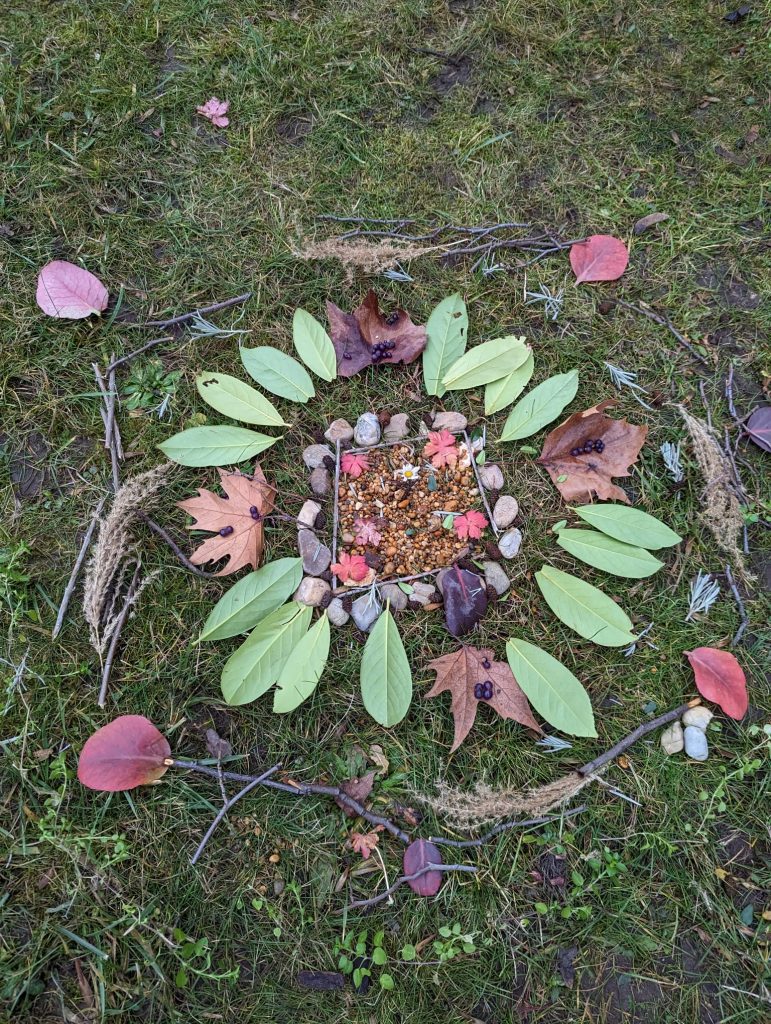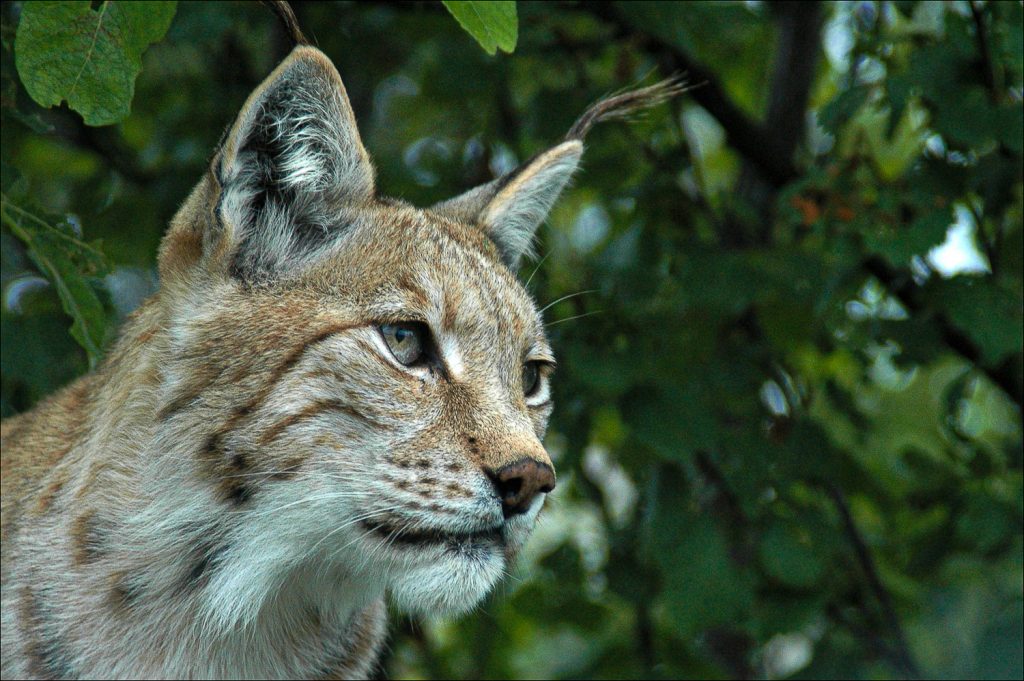-

Envisioning the most beautiful future
A simple exercise can be to imagine the most beautiful climate-resilient and regenerative future individually, and represent it (e.g. text, collage, drawing) before sharing it and reflecting with a group.…
Activity number:
4.2.1
-

Futures Literacy Labs (FLL)
Futures Literacy Labs (FLLs) are based on a method developed by UNESCO following a 4-step process: making desirable and probable futures explicit, re-imagining/reframing the future, asking new questions about the…
Activity number:
4.2.2
CLARITY Competence Area
Opening up to diverse climate-resilient and regenerative futures, Opening up to diverse climate-resilient and regenerative futuresGreenComp Competence Area
Envisioning sustainable futures, Envisioning sustainable futuresWhy use this tool?
A simple exercise can be to imagine the most beautiful climate-resilient and regenerative future individually, and represent it (e.g. text, collage, drawing) before sharing it and reflecting with a group. The teacher can ask questions to help learners identify their assumptions and biases about the future, building on convergences and divergences between future visions. This activity can also help learners reflect on what they can learn from this beautiful future and do differently in the present.
